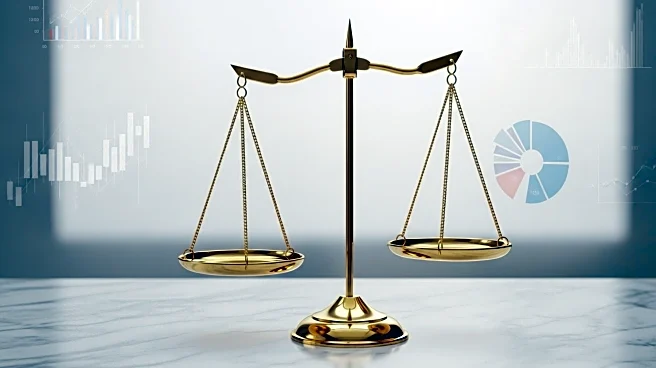What's Happening?
The Federal Reserve has announced a quarter-point cut in interest rates, marking the first reduction this year. This decision is part of the Fed's strategy to influence economic conditions by making borrowing cheaper. However, the immediate impact on mortgage, car, and credit card loans may be limited. While the Fed's rate cut can lead to lower borrowing costs, it does not directly translate to reduced rates for consumers, as banks consider various factors when setting loan rates.
Why It's Important?
The Fed's rate cut is a critical economic maneuver aimed at stimulating growth by lowering borrowing costs. This move could benefit consumers with variable-rate loans, such as adjustable-rate mortgages, and potentially reduce credit card interest rates. However, the impact on fixed-rate loans, like 30-year mortgages, may be minimal. The decision reflects the Fed's response to economic indicators and its efforts to balance growth with inflation control. The rate cut could also influence business investment and hiring, as cheaper loans may encourage expansion.
What's Next?
As the Fed signals the possibility of further rate cuts, financial markets and consumers will be closely monitoring the central bank's future actions. The potential for additional cuts could lead to further adjustments in loan and savings rates. Businesses may also adjust their strategies in anticipation of changing economic conditions. The Fed's decisions will continue to play a pivotal role in shaping the economic landscape, influencing consumer behavior and business investments.










